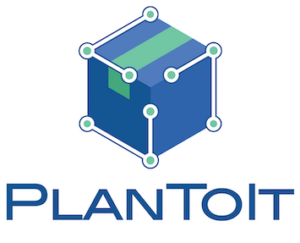Using Machine Learning for Accurate Product Demand Forecasting

Machine learning has become an increasingly popular tool for businesses looking to improve their demand forecasting accuracy. By leveraging large amounts of data and sophisticated algorithms, machine learning can help companies predict future product demand with greater accuracy than traditional methods.
One of the main advantages of using machine learning for demand forecasting is its ability to handle large amounts of data. With traditional methods, analysts often have to manually sort through data and make assumptions about what information is relevant. Machine learning algorithms, on the other hand, can automatically identify patterns and trends in data, making it much easier to identify key drivers of demand.
Another advantage of machine learning is its ability to handle complexity. Traditional demand forecasting methods often rely on simple linear models that can’t account for all the variables that can impact demand. Machine learning algorithms, on the other hand, can handle non-linear relationships and interactions between variables, leading to more accurate predictions.
One of the most popular machine learning methods for demand forecasting is the use of time series forecasting. Time series forecasting is a method that uses historical data to predict future demand. This is particularly useful for businesses that have a lot of historical data on past sales and can use it to train their models.
There are a variety of time series forecasting methods that businesses can use, including the popular techniques like Autoregressive Integrated Moving Average (ARIMA) and Exponential Smoothing (ETS) and more advanced techniques like Long Short-Term Memory (LSTM) and Random Forest.
One of the key considerations when using machine learning for demand forecasting is the quality of data. In order to make accurate predictions, the data used to train the model must be relevant, accurate, and complete. In addition, it is important to make sure that the data is cleaned and preprocessed properly to ensure that it is in a format that can be used by the machine learning algorithm.
Another key consideration is the evaluation of the model’s performance. It is important to have a clear understanding of how well the model is performing, and what factors are driving its predictions. This can be done by evaluating the model’s performance against a test dataset and also by comparing it to other models.
In conclusion, machine learning is a powerful tool for improving demand forecasting accuracy. By leveraging large amounts of data and sophisticated algorithms, machine learning can help businesses predict future product demand with greater accuracy than traditional methods. However, it is important to consider the quality of data, and evaluate the model’s performance to ensure the best results.
In addition to the traditional methods and popular techniques mentioned earlier, we have developed a product PlanToIt that uses machine learning algorithms to provide accurate demand forecasting for businesses.
PlanToIt uses a combination of advanced techniques such as artificial neural networks and gradient boosting to analyze large amounts of historical sales data, and other relevant data like weather, economic indicators, and consumer trends to provide accurate predictions of future demand.
One of the key features of PlanToIt is its ability to handle missing data and outliers, which can be a common issue with other machine-learning algorithms. This makes it a reliable tool for businesses that have incomplete or inconsistent data sets.
Another unique feature of PlanToIt is its ability to handle multiple forecasting horizons, from short-term to long-term predictions. This allows businesses to have a better understanding of the demand for their products in the near future as well as in the long run.
PlanToIt also provides a user-friendly interface that allows businesses to easily access and interpret the results of the demand forecasting. This helps them make data-driven decisions and adjust their strategies accordingly.
In summary, PlanToIt is a leader in the field of machine learning algorithms for demand forecasting. Its advanced techniques, ability to handle missing data, and user-friendly interface make it a reliable and valuable tool for businesses looking to improve their demand forecasting accuracy.
